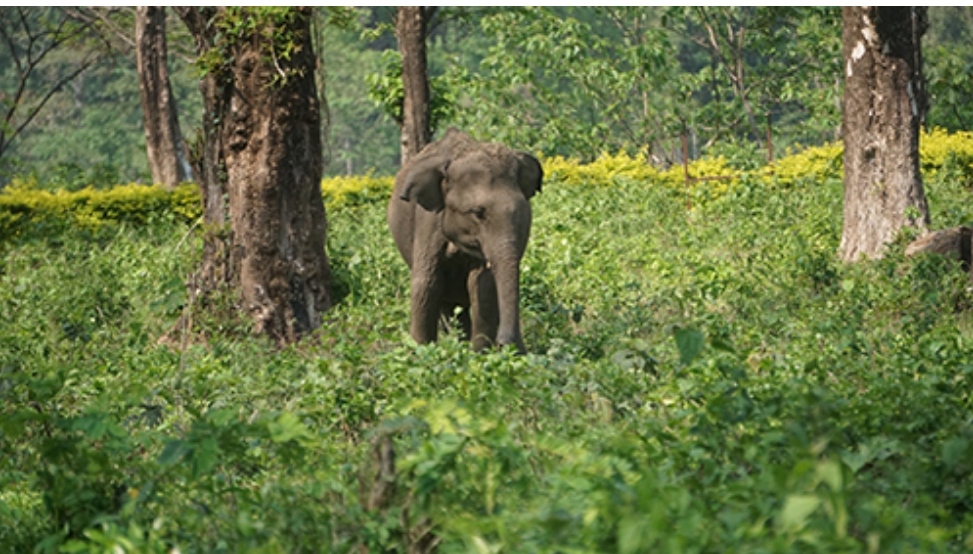Plans to address the issue of human-wildlife conflict across the country

Due to the Human-wildlife conflict threatening both livelihoods and biodiversity in Bhutan, the Ministry of Energy and Natural Resources (MoENR) followed by Ministry of Agriculture and Livestock (MoAL) has unveiled strategies as part of its 13th Five-Year Plan to tackle the issue.
With nearly 60 percent of the population directly dependent on agriculture and livestock, and coexisting with diverse wildlife, the delicate balance between economic development and conservation has spurred urgent action.
As the human-wild life conflict escalates, the intricate web of interactions between communities and wildlife, particularly in areas adjacent to protected habitats, has led to crop depredation, property damage, and even human fatalities.
In response to this growing concern, the government has outlined comprehensive measures aimed at mitigating conflict while fostering coexistence between humans and wildlife.
Minister of Energy and Natural Resources, Gyem Tshering, said, “Human-wildlife exchange has been there for a long time. Establishing appropriate chain-link fencing in the impacted areas is the first step towards resolving problems. In the event that the first strategy fails, the second is to provide crop insurance to the public for their damaged crops. Finally, we wish to carry out a thorough investigation of reintegration of wildlife.”
Likewise, Minister of Agriculture and Livestock, Younten Phuntsho, said, “There is no one solution to human-wildlife conflict; every region has its own set of human-wildlife conflicts. Everyone has been putting up a lot of effort to address this, and we would like to keep doing so. For the people, we have been employing solar fencing, electric fencing and then chain-link fencing. Similarly, in the 13th Five-Year Plan, we intend to have comparable answers, followed by budgetary allocation. In addition, we intend to provide further solutions following the completion of a study.”
Upon hearing the plans of the government to help people co-exist and tackle the issue of human-wildlife conflict, the people in the affected areas rejoiced and complemented the already existing measures.
The Gup of Phuentshogthang, Jamyang Gyeltshen, emphasized the effectiveness of the chain-link fencing alongside electric fencing in keeping wild animals at bay.
He said, “Before this fencing was installed, animals like wild boar, deer, and fox wreaked havoc on our crops, followed by elephants damaging our paddy, fruits, and vegetables. Now, with the presence of chain-link and electric fencing, we’ve observed no damage in those areas.”
However, not all areas have seen such improvements. Leela said, “Only areas with chain-link and electric fencing are safe. Settlements in elephant corridors have worsened the situation, with more elephants venturing into villages for food.”
She expressed hope that promised fencing would be provided soon.
Similarly, Jamyang Gyeltshen said, “We eagerly await government assistance. Winter, when villagers are free from paddy cultivation, would be an ideal time for installation. I hope we get both chain-link fencing alongside electric fencing that could help keep all the wild animals away.”
He also highlighted the rising concern of monkey invasions, noting their ability to easily cross chain-link fences destroy crops and invade human settlements.
In similar manner, Lyonpo Gem Tshering also addressed the issue of monkeys invading monastic quarters, in Trongsa Dzong prompting forest authorities to capture and relocate them. Lyonpo emphasized the need for thorough research to ensure the animals successful reintegration into the wild.
Amidst these challenges, villagers affected by wildlife conflicts continue to advocate for promised chain-link fencing as their primary solution. Additionally, efforts to discourage monkey feeding are underway to mitigate further invasions.
Source: The Bhutanese



